
JULIA LEE BARCLAY-MORTON – YOGA, WATER AND REWRITING AUTISM
I interviewed writer Julia Lee Barclay-Morton about her experience of autism. Julia began as an experimental dramatist in New York, moving to the UK to
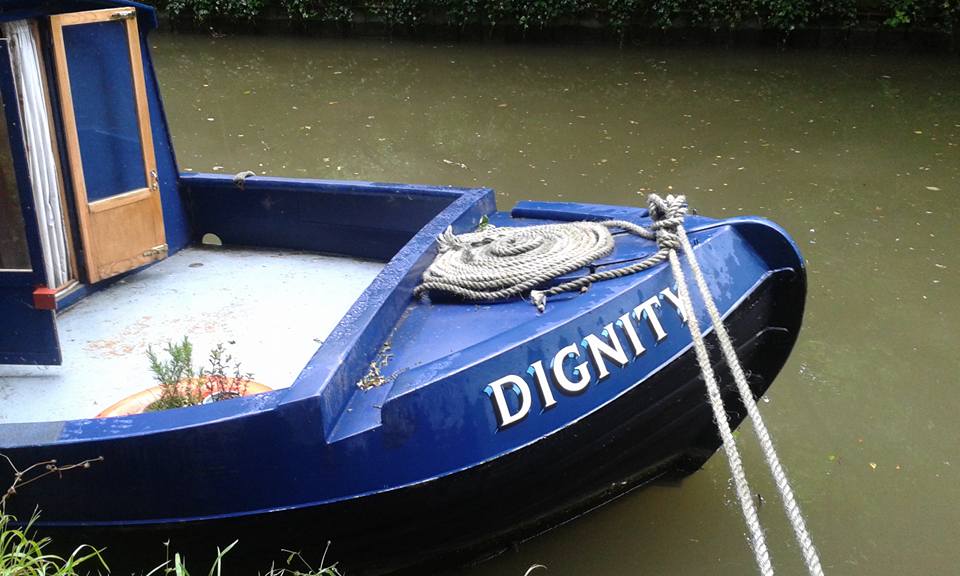

I interviewed Tania Clarke therapeutic coach, psychotherapist and hypnotherapist. Tania says about these three methods she uses, “All three have the same goal: ‘helping you make the changes you want in your life’. They’re just different approaches to reach that goal. The methods overlap, and each client is an individual, so we bring in whatever the client needs as appropriate.”
Leslie: So how does each approach work, please?
Tania: Coaching uses our conscious learning ability. Generally, we focus on changes in the top layer of the brain, the prefrontal cortex, helping people to take in new information and practise new skills and new behaviour. Occasionally we’ll dip into deeper change with a ‘penny drop moment’, but mostly we’re working on conscious information and these changes eventually become second nature to us. This is what CBT (cognitive behavioural therapy) does.
In psychotherapy we’re working at a deeper level, we often call this the mid-brain, or emotional brain. We might be exploring a time or experience when an unwanted behaviour was learned. Maybe we copied the people around us at the time. Maybe we believed, ‘that’s just how things are’. Maybe a silent voice was reflected in a bodily reaction, digestion, pain, tension. I help people to recognise and fulfil whatever needs were not met at that time, so the behaviour changes.
The third technique – hypnosis – is a very natural way to learn.
The following are all examples of hypnosis:
• Reading a story to a rapt class of children;
• Really engaging with a film or a computer game;
• Yoga or meditation.
Hypnotherapy just uses this natural behaviour to help you achieve the change you want.
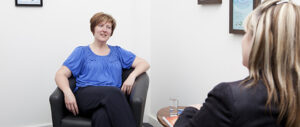
The first step is always finding out what changes people want. The second is choosing how we might get there.
Leslie: Can you give a few examples of these approaches in action, please?
Tania: A coaching client of mine – a company director who worked with a national sports team – wanted help with a habitual golf issue. His issue seemed to be based on his ideas about himself and his game, so I helped him understand some of the underlying psychology. I drew relevant examples for him from my background in large organisations and as a school governor and other sources. I helped him to improve his relationships and stress levels at work, with the sports team, at home and, of course, on the golf course.
One psychotherapy client struggled with anxiety and was a workaholic. She was in a same-sex marriage and she wasn’t sure if she wanted to stay there. She came through my door because of her weight, which she’d struggled with for most of her life, and she’d finally decided it was time she got rid of it. We worked together for nearly a year. We did some coaching but much of our time was spent helping her to create a healthy relationship with herself. We used an inner child model to understand some aspects of her past and enable the learning from those times to transform into something more helpful today. She was a twin and much of our work focused on helping her to recognise and reconcile her own identity. When I first saw her, she listed many problems and rated her level of resolution as really low (0, 1, 2 on a scale of 0 – 10); the last time I saw her, those things were almost no bother, resolved (mostly 8, 9, or 10).
Sometimes my job is helping someone to break a hypnotic spell. A coaching client of mine was concerned about his lifelong blushing. I helped him understand some of the reasons why this was a problem for him, the underlying psychology. Then, one day, he said, “Look, it’s happening now!” First, I helped him clarify what was happening for him. Then I led him to a mirror where he could see he wasn’t blushing at all. He had imagined all this time that everyone could see his embarrassment. Instead his social anxiety was invisible. The hypnotic bubble was burst.
Other times I’ll use the deep relaxation of hypnosis to enable someone to release parts of their experience that have become stuck. A beautiful example of this was a lady who was struggling with anxiety and conceiving a baby. Using hypnosis and visualisation she released a whole load of suppressed grief over the death of her father. Her life turned around. She and her husband moved abroad, and she sent me photos of their beautiful baby within a year.
Leslie: What are the connections between your interest in psychology and your younger life and jobs?
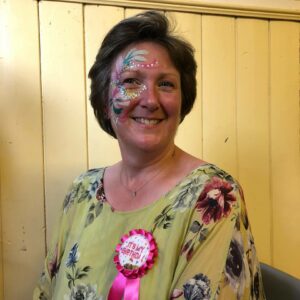
Tania: I wasn’t entirely sure what I was going to do when I grew up until I was taking my A-levels. I had dreams of studying animal behaviour, like David Attenborough. In the summer I turned 17, I was working with a girl from Stirling University and I planned to go to Stirling to study psychology.
As it happened, I wanted to get away from home as much as possible and I discovered boys that year, so I didn’t do well in my A-levels. I panicked and went to London to study management. I became very successful over two decades in the workplace, running major change programmes for national organisations to make things better for people. On the outside I looked happy, but there was often an underlying feeling of insecurity, that things weren’t right. I experienced a series of emotional and relationship issues; anxiety, a panic attack, depression, obesity, bullying at work, stress, a feeling of failure and insecure relationships. I accepted help and started therapy when I experienced stress at work in the NHS.
Over the last 20 years, I’ve worked through my own stuff in therapy and finally followed my dream and studied psychology. I’ve learnt how those issues reflected my younger life. And I’ve changed. I’m so much stronger now and able to hold the space for others to resolve their problems.
First, I understood that as a child I hadn’t internalised what emotions are and how to deal with them. I began to recognise the bodily sensations they come with and understand how to handle them.
Next I got rid of a few chunks of shame about some things that children often experience, such as my first period, which I now realise terrified me.
Then I realised that I had picked up unhelpful ways of thinking. As an adult, I began to practice controlling or choosing what’s going on in my head and the impact I have on my emotions.
Most recently I’ve been understanding the things I learned subconsciously from my parents and my grandparents. As a result of this, I’ve been able to reconcile a lot of my own feelings and behaviour. In childhood I was a people pleaser to make things better for my family. The rejection I felt gave me a feeling that I wasn’t good enough. An abusive stepfather affected my attitude to conflict and anger.
When I read my school reports a couple of years ago, I was surprised to see that I was a really good student. I don’t think anyone told me that as a little girl, so I didn’t recognise or value my own achievements.
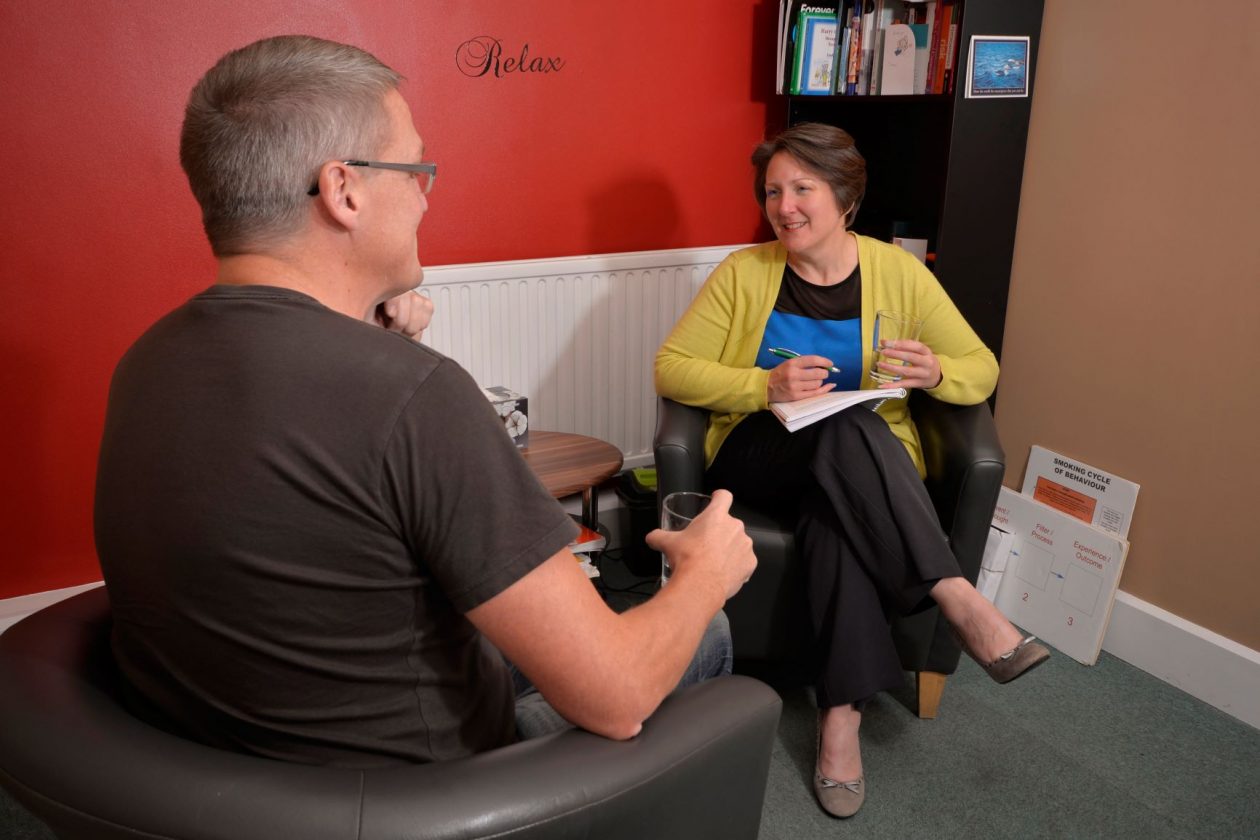
Mum says I was quiet child, a good girl. I entertained myself. Perhaps psychologically, I’d isolated myself from Mum’s postnatal depression and Dad’s emotional distance, and his preoccupation with work and friends. There was also some suppressed anger at the world of work, society, the unseen system that took my parents away from me. I had problems with my hearing which probably added a feeling of isolation.
Some of these things I’d always known, but I’d brushed them aside. “That’s not important, I’m over this, what can I do about it anyway.” Other things I’d ‘forgotten’. They didn’t bear thinking about. Now I know about them, I can do something about them. Now I can see the causes of the problems and I have loads of ways to help others to overcome them.
I’m not blaming my parents. It’s not their fault. They were just doing their best with what they knew as young people at the time. Nor am I saying that I had a bad childhood. I didn’t. It just had consequences for me and my life. And now I can change those consequences.
So, I’ve been a therapist since Feb 2011, before which the jobs I chose all had an element of ‘change management’. All of them were about making things better for other people.
Leslie: You say that living on a canal boat ‘has been a huge learning curve’. Could you tell the story of living on the water?
Tania: It was eight years ago when I started to understand how my relationships were influenced by what I’d learned in childhood. I decided early on, that the person I was engaged to was not a good match with me. I worked hard to make it work but it was like a light had gone off. I wanted to move on, and I desperately wanted to connect with someone. So, I pushed to sell up and move on. My guilt made me stick with an old agreement, no longer relevant, which was very bad for me financially.
I met an inspirational lady, Debi King. She told me about her boat on the canal and I saw a way out. I knew nothing about boats. Where and how do I buy one? What do I look for? What’s a widebeam? Inverter? How do I get water? I soon learned.
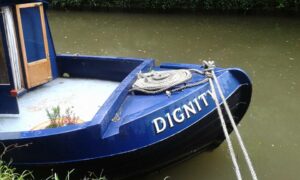 There are loads of stories about my boat ‘Dignity’; going on a road trip through England, meeting lots of people and lots of boats before I found her; stepping aboard the first time and feeling at home; getting her transported down here on the back of a lorry because she wouldn’t fit in the narrow locks south of Nottingham; moving aboard and finding that nothing worked, no electric, no water, no gas; the parties; the first time I tried to leave the marina and the wheelhouse collapsed; finding my mooring; flooding the bilges; toilets; heating (and how it breaks down every year at the coldest part of winter) and electrics (which blow when you’re trying to keep warm and the heating has gone)!
There are loads of stories about my boat ‘Dignity’; going on a road trip through England, meeting lots of people and lots of boats before I found her; stepping aboard the first time and feeling at home; getting her transported down here on the back of a lorry because she wouldn’t fit in the narrow locks south of Nottingham; moving aboard and finding that nothing worked, no electric, no water, no gas; the parties; the first time I tried to leave the marina and the wheelhouse collapsed; finding my mooring; flooding the bilges; toilets; heating (and how it breaks down every year at the coldest part of winter) and electrics (which blow when you’re trying to keep warm and the heating has gone)!
Life on the canal is not easy, but it is beautiful. I love waking up with the sun streaming into my bedroom. I love being so close to nature;
• the fabulous bird families, the flash of kingfisher or the swoop of bat.
• the excitement of an occasional rat, vole, mole, or mink.
• the sound of rain on the roof and the sight of rain on the canal.
• the mist rising in the morning and the reflection of fireworks.
• the ripples, the stillness.
Leslie: You have an optimistic outlook on life. What do you put that down to?
Tania: In the past, I projected the happiness others wanted to see. These days, I know I have a choice. Most days I choose to be a sunflower – turning to the sun, enjoying the nourishing warmth, and connecting with the world.
Next week I interview Jane Porter, illustrator, children’s author and conservationist
ABOUT LESLIE TATE’S BOOKS:

I interviewed writer Julia Lee Barclay-Morton about her experience of autism. Julia began as an experimental dramatist in New York, moving to the UK to

I interviewed Gillean McDougall from Glasgow, who edited the collaborative projects Honest Error (on Charles Rennie Mackintosh and his wife Margaret Macdonald) and Writing the

I interviewed French writer Delphine de Vigan, whose book, No et moi, won the prestigious Prix des libraires. Other books of hers have won a clutch

I interviewed Joanne Limburg whose poetry collection Feminismo was shortlisted for the Forward Prize for Best First Collection; another collection, Paraphernalia, was a Poetry Book Society Recommendation. Joanne

I interviewed Katherine Magnoli about The Adventures of KatGirl, her book about a wheelchair heroine, and Katherine’s journey from low self-esteem into authorial/radio success and
| Cookie | Duration | Description |
|---|---|---|
| cookielawinfo-checkbox-analytics | 11 months | This cookie is set by GDPR Cookie Consent plugin. The cookie is used to store the user consent for the cookies in the category "Analytics". |
| cookielawinfo-checkbox-functional | 11 months | The cookie is set by GDPR cookie consent to record the user consent for the cookies in the category "Functional". |
| cookielawinfo-checkbox-necessary | 11 months | This cookie is set by GDPR Cookie Consent plugin. The cookies is used to store the user consent for the cookies in the category "Necessary". |
| cookielawinfo-checkbox-others | 11 months | This cookie is set by GDPR Cookie Consent plugin. The cookie is used to store the user consent for the cookies in the category "Other. |
| cookielawinfo-checkbox-performance | 11 months | This cookie is set by GDPR Cookie Consent plugin. The cookie is used to store the user consent for the cookies in the category "Performance". |
| viewed_cookie_policy | 11 months | The cookie is set by the GDPR Cookie Consent plugin and is used to store whether or not user has consented to the use of cookies. It does not store any personal data. |
4 responses
What a beautiful, clear account of cognitive therapy. Thanks to you both for this article.
Thanks, Barbara. It’s really good to know that the article got it right and avoided ‘psycho babble’!
It’s so good to hear the personal ‘inside’ stories from therapists, and I echo Barbara’s comment about clarity.
And thanks, Tania, for reminding me why I’ve decided NOT to live on the water (although writing out of a static has similar challenges – this morning no gas, frozen water and toilet!)
🙂 🙂 🙂